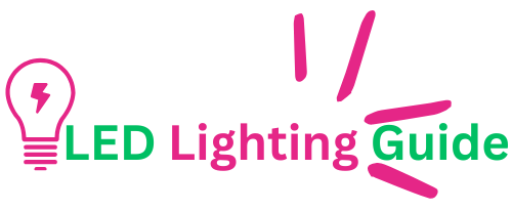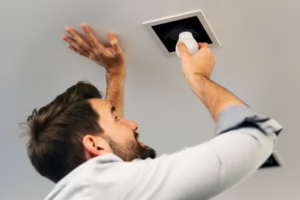Red LED Lights for Healing & Home Use
Red LED lights, however, are not just a fleeting trend in the aesthetic lighting world – they have been acclaimed for their extensive therapeutic benefits, from skin rejuvenation to deep tissue healing. This article will also take a closer look at some of the different forms, benefits, and products used with red LED light therapy, including those used in clinical and home settings.
An Introduction to Red LED Light Therapy
Red light therapy (also called photobiomodulation), is the use oflow wavelength red light that penetrates deeper skin layers. Other studies have investigated the use of this therapy for the treatment of skin diseases, wound healing, as well as anti-inflammatory or analgesic effects. If ultraviolet light can harm the skin, red led light is safe, non-invasive, and offers a wealth of advantages without the side effects.
Infrared Light Therapy Treatment
Infrared light therapy — a more specific type of red light therapy — uses slightly longer wavelengths than visible red light and can penetrate deeper into your tissues. It is frequently used for muscle recovery, joint pain treatment and for joint nerve pain and to help heal deep tissues. Using a safer version, infrared therapy also stimulates cellular repair by increasing blood circulation, lending its use in the medical space and in sports.
Commercial & Transactional (at the bottom)
The market for red light therapy devices is vast, with everything from professional-grade equipment found in clinics to small lamps intended for home use. Here’s the breakdown of the intent of purchasing and using red LED light therapy devices:
- Red Light Therapy: 92% of consumers searching red light therapy are looking to purchase a red light therapy device — This indicates strong market demand.
- Red Therapy Lamp: such products have a good balanced intent — 75% of the focus is commercial intent (features, comparisons, etc.) and 25% of the focus is transactional (the end goal is to make a purchase).
When you see the At Home Red Light Therapy, this shows a strong commercial (73%) intention to purchase and this is repeat data that found that they are 27% leaning towards purchasing; they are considering benefits and efficacy before purchase.
Choosing the Right Device
Here are some things to note when choosing a red light therapy device, for clinical use or home use:
- Intensity: Prior studies have shown that the output of each device can heavily impact the effectiveness of red light therapy. Devices should state their wavelength range — usually between 600 to 900 nm — to ensure they meet therapeutic needs.
- Power Density – The power made by the appliance, and how lengthy the remedy time should be for the remedy appliance to produce an efficient result.
- Approval by the FDA: For therapeutic devices, FDA approval of the device provides some indication of efficacy and safety.
- Ease of use: From the perspective of home devices, ease of use is very critical. Portable, user-friendly designs can help regular sessions feel more attainable.
Advantages of Using Red Light Therapy at Home
At-home therapy is more convenient, so people can integrate it into their lifestyle on a regular basis to help with chronic diseases/improvement of skin to maintain people healthy and so on. At-home devices have become increasingly popular thanks to their accessibility and privacy, making red light therapy a versatile option for maintaining health and well-being.
Conclusion
The benefits of Red LED lights go way beyond their aesthetic appeal. Their therapeutic properties can be an integral part of health and wellness strategies. As the technology becomes more affordable, people are able to take ownership of their own health, receiving the benefits of red light therapy in their own homes. Whether it be for pain relief, skin improvement, or deep tissue healing, red light therapy has emerged as a promising treatment without the side effects of traditional medical processes.




